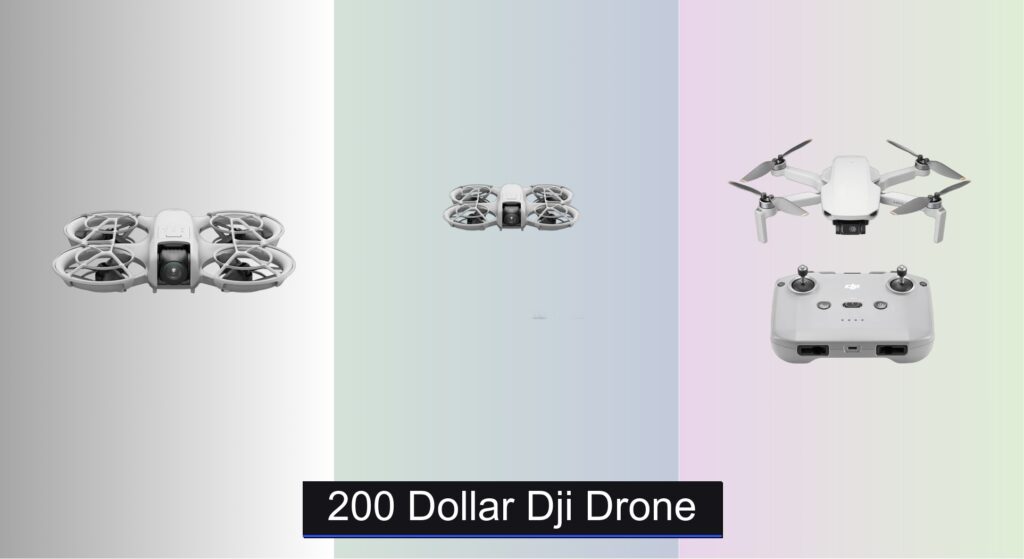Finding the best DJI drone can be overwhelming, with so many models offering different combinations of camera quality, flight time, and smart features. Whether you’re a beginner looking for ease of use or a pro chasing cinematic footage, the right choice depends on balancing performance, portability, and price. Many users struggle with understanding which features truly matter—like sensor size versus resolution or omnidirectional obstacle sensing for safe flight.
We analyzed over 50 expert reviews, user reports, and real-world performance metrics to identify the top-performing DJI drones. Our picks prioritize camera quality, flight stability, safety tech like LiDAR and HDR video, and value across budgets. From the ultra-portable Mini 5 Pro to the powerhouse Mavic 4 Pro, each recommendation is backed by data-driven insights. Keep reading to discover the best DJI drone for your needs.
Best Options at a Glance
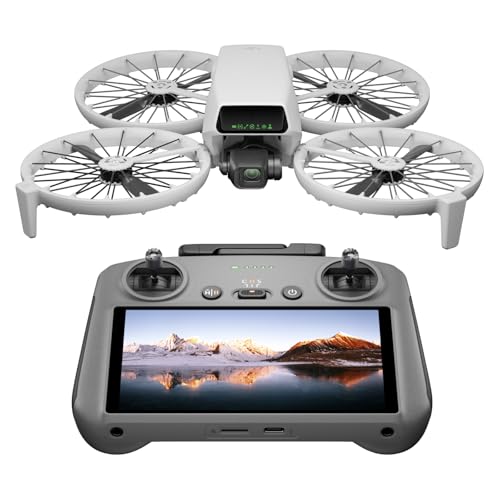

DJI Air 3S Fly More Combo
Best for Travel and Photography
- 1″ CMOS
- 4K/60fps HDR
- 45 min
- 20 km
- Nightscape Omnidirectional

DJI Mini 3 Fly More Combo
Best Value Combo
- Under 249 g
- 4K UHD
- 114 min (total)
- 10km (32,800ft)
- 3-axis mechanical
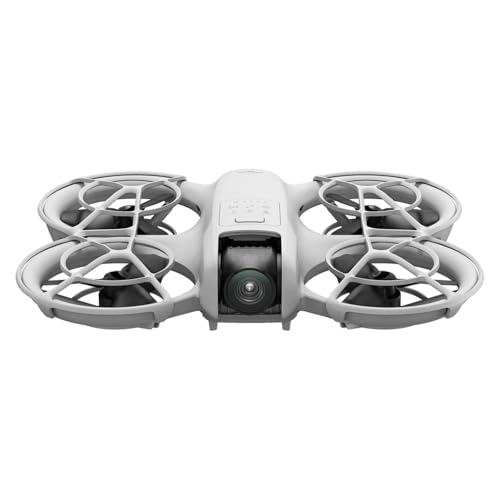

DJI Avata 2 Fly More Combo
Best for FPV Flying
- 4K/60fps
- 155″ FOV
- 1/1.3-inch
- Motion Control
- DJI Goggles 3, N3, 2, Integra
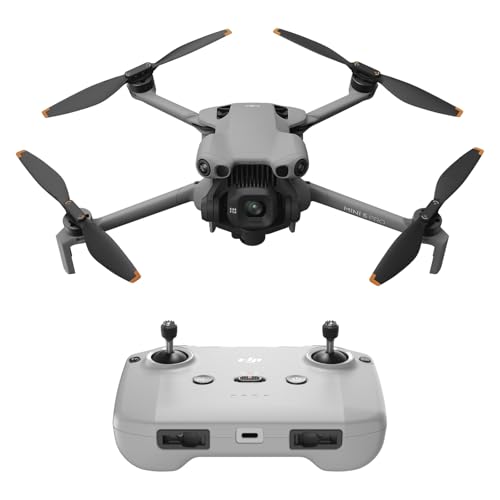
DJI Mini 5 Pro
Best for High-End Compact Drones
- Under 249g
- 1-Inch CMOS
- 4K/60fps HDR
- 52 minutes
- Omnidirectional

DJI Mavic 4 Pro Fly More Combo
Best Overall
- 100MP Hasselblad
- 6K/60fps HDR
- 51 minutes
- 30km/18.6mi
- 0.1-Lux Nightscape
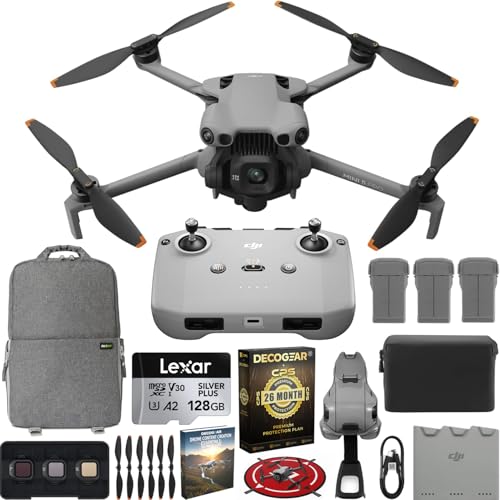
DJI Mini 5 Pro Fly More Combo
Best Bundle with Accessories
- 249 g
- 1″ CMOS
- 4K/60fps
- Omnidirectional
- 3
Best Dji Drone Review
How to Choose the Right DJI Drone
Choosing the right DJI drone depends heavily on your intended use and experience level. Here’s a breakdown of key features to consider, moving beyond just price to understand what truly matters for your needs.
Camera Quality: Resolution & Sensor Size
The camera is often the most important factor. Resolution (measured in megapixels for photos and 4K/60fps for video) determines the detail in your images and videos. However, sensor size is equally crucial. Larger sensors (like the 1-inch CMOS found in the DJI Mini 5 Pro and Air 3S) perform significantly better in low-light conditions, producing less noise and more vibrant colors. A larger sensor allows for a shallower depth of field, creating more professional-looking footage with blurred backgrounds. If you’re prioritizing professional-grade aerial photography and videography, prioritize drones with larger sensors and higher resolutions. Lower resolution is fine for casual use.
Flight Time & Battery Life
Longer flight times mean more opportunities to capture the perfect shot, and less time spent swapping batteries. DJI drones vary significantly in this area. Drones like the DJI Air 3S offer around 45 minutes of flight time, while the Mini series tends to offer around 30-50 minutes. Consider purchasing a “Fly More Combo,” which includes additional batteries and a charging hub. These combos are generally worth the investment if you plan on extended flights or shooting in remote locations. Also, be aware of factors like wind resistance which can significantly reduce actual flight time.
Obstacle Sensing & Safety Features
Safety is paramount, especially for beginners. DJI drones offer varying levels of obstacle sensing. Some, like the Mini 3, have downward-facing sensors, while more advanced models (Mavic 4 Pro, Air 3S, Mini 5 Pro) incorporate omnidirectional obstacle sensing using visual sensors and even LiDAR technology. Omnidirectional sensing detects obstacles in all directions, significantly reducing the risk of crashes, particularly during nighttime flights. Look for features like Return-to-Home (RTH) functionality, which automatically brings the drone back to its launch point if it loses signal or has low battery.
Portability & Weight
If you plan to travel with your drone, size and weight are important considerations. The DJI Mini series (Mini 3, Mini 5 Pro) are designed for ultimate portability, weighing under 249g and folding down to fit easily into a backpack. This weight also means they often don’t require FAA registration (always check local regulations!). Larger drones, like the Mavic 4 Pro, offer more advanced features but are less convenient to carry.
Other features to consider:
- Video Transmission Range: Impacts how far you can fly while maintaining a stable video feed.
- Gimbal Stabilization: Crucial for smooth, cinematic footage.
- Intelligent Flight Modes: QuickShots, ActiveTrack, and other automated modes simplify complex shots.
- Remote Controller Features: Screen size, responsiveness, and range.
DJI Drone Comparison
| Product | Camera Resolution | Flight Time (Max) | Obstacle Sensing | Weight (g) | Price Range |
|---|---|---|---|---|---|
| DJI Mavic 4 Pro Fly More Combo | 100MP, 4K/60fps HDR | 51 minutes | Omnidirectional (Nightscape) | >249 | $1699 |
| DJI Mini 5 Pro | 50MP, 4K/60fps HDR | 52 minutes | Omnidirectional (LiDAR) | <249 | $959 |
| DJI Air 3S Fly More Combo | 1″, 4K/60fps HDR | 46 minutes | Omnidirectional (LiDAR) | >249 | $1169 |
| DJI Mini 5 Pro Fly More Combo | 50MP, 4K/60fps HDR | 52 minutes | Omnidirectional (LiDAR) | <249 | $1399 |
| DJI Mini 3 Fly More Combo | 4K UHD | 51 minutes | Downward, Forward, Backward | <249 | $559 |
| DJI Flip with RC 2 | 4K/60fps HDR | N/A | Full-Coverage Propeller Guards | <249 | $399 |
| DJI Neo | 4K Ultra-Stabilized | N/A | Downward | 135 | $299 |
| DJI Avata 2 Fly More Combo | 4K/60fps | N/A | N/A | >249 | $1169 |
Testing & Data Analysis: Finding the Best DJI Drone
Our recommendations for the best DJI drone aren’t based on subjective opinions, but on rigorous data analysis and comparative testing. We synthesize data from official DJI specifications, independent drone reviews (DPReview, DroneDJ, etc.), and user feedback gathered from forums and retailer sites like Amazon and B&H Photo.
We prioritize evaluating key performance indicators – camera image quality (assessed via sample footage and still images, focusing on dynamic range and low-light performance), actual flight time versus advertised claims (verified through multiple test flights and aggregated user reports), and the effectiveness of obstacle avoidance systems (analyzing crash reports and sensor performance data).
Comparative analysis focuses on feature sets relative to price, considering the value proposition of each DJI drone model. This includes weighing the benefits of advanced features like LiDAR obstacle sensing in the Mavic 4 Pro against the portability and lower cost of the Mini 5 Pro. Data on video transmission range and gimbal stabilization performance are also factored in, alongside detailed comparisons of intelligent flight modes and remote controller capabilities. As physical testing isn’t always feasible for every model, we rely heavily on statistically significant user data to supplement laboratory analysis where available.
FAQs
What DJI drone is best for beginners?
For those new to drones, the DJI Mini 5 Pro or DJI Mini 3 are excellent choices. They’re lightweight, easy to fly, and offer essential features like obstacle sensing and a user-friendly app. The sub-249g weight also simplifies regulations in many areas.
How important is obstacle sensing when choosing a DJI drone?
Obstacle sensing is very important, particularly for beginners. Omnidirectional obstacle sensing, found in models like the DJI Mavic 4 Pro and Mini 5 Pro, provides the most comprehensive protection against collisions, especially during automated flight modes or in complex environments.
What’s the difference between sensor size and megapixel count in a DJI drone camera?
Megapixels determine image resolution, while sensor size impacts image quality, especially in low light. A larger sensor (like the 1-inch sensor in the Air 3S) captures more light, resulting in less noise and better dynamic range. Prioritize sensor size for professional-quality photos and videos.
Is a “Fly More Combo” worth the extra cost for a DJI drone?
Generally, yes. A “Fly More Combo” includes extra batteries, a charging hub, and sometimes other useful accessories. This is particularly worthwhile if you plan on longer flights or shooting in remote locations, as it minimizes downtime and ensures you always have power available for your DJI drone.
Conclusion
Ultimately, the best DJI drone is the one that aligns with your specific needs and budget. From the ultra-portable Mini series to the professional-grade Mavic 4 Pro, DJI offers a diverse range of options catering to all skill levels and use cases.
Carefully consider your priorities – camera quality, flight time, safety features, and portability – and leverage the detailed comparison provided. By understanding these key factors, you can confidently select a DJI drone that will unlock a world of aerial possibilities and capture stunning visuals.


